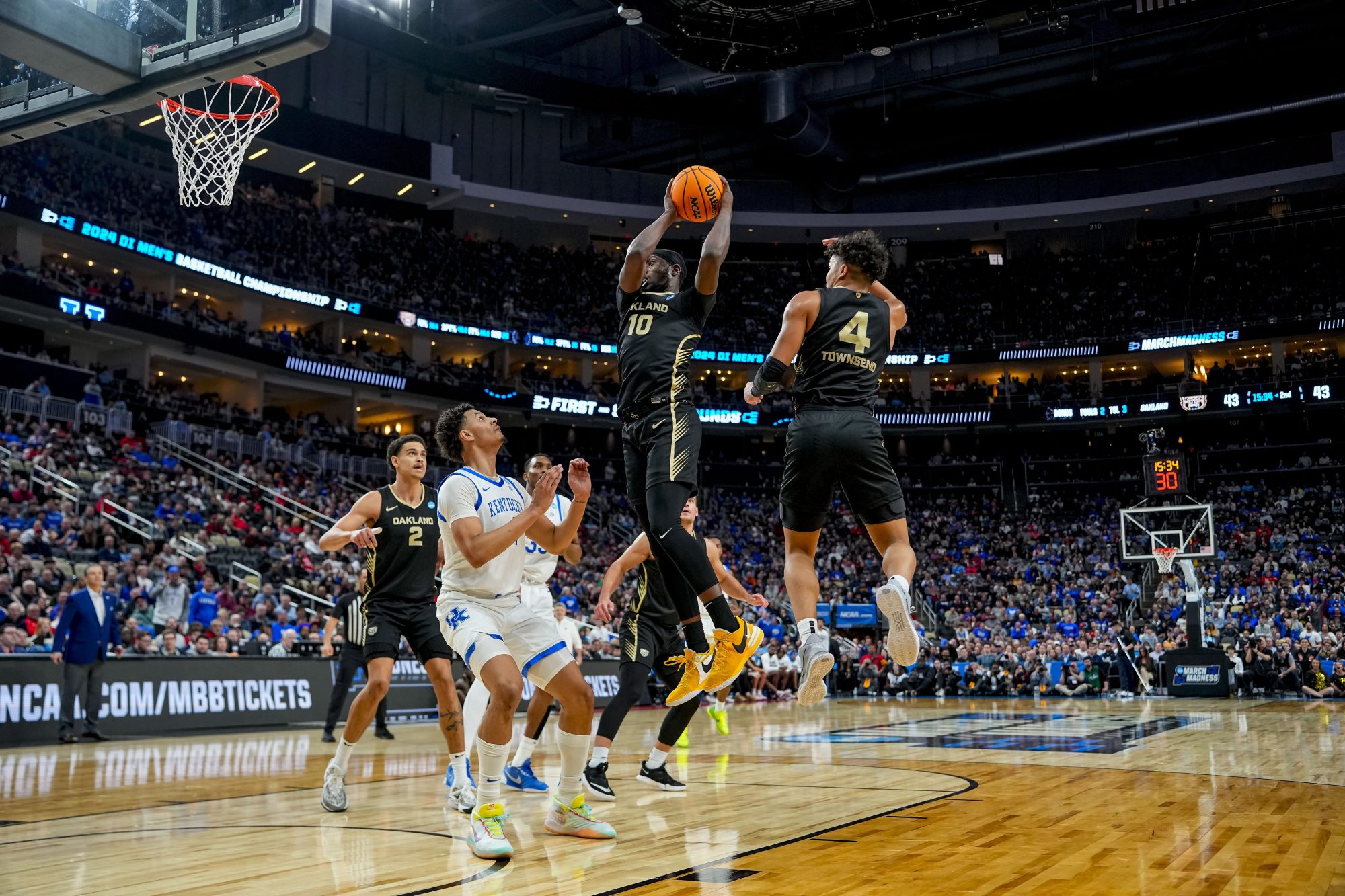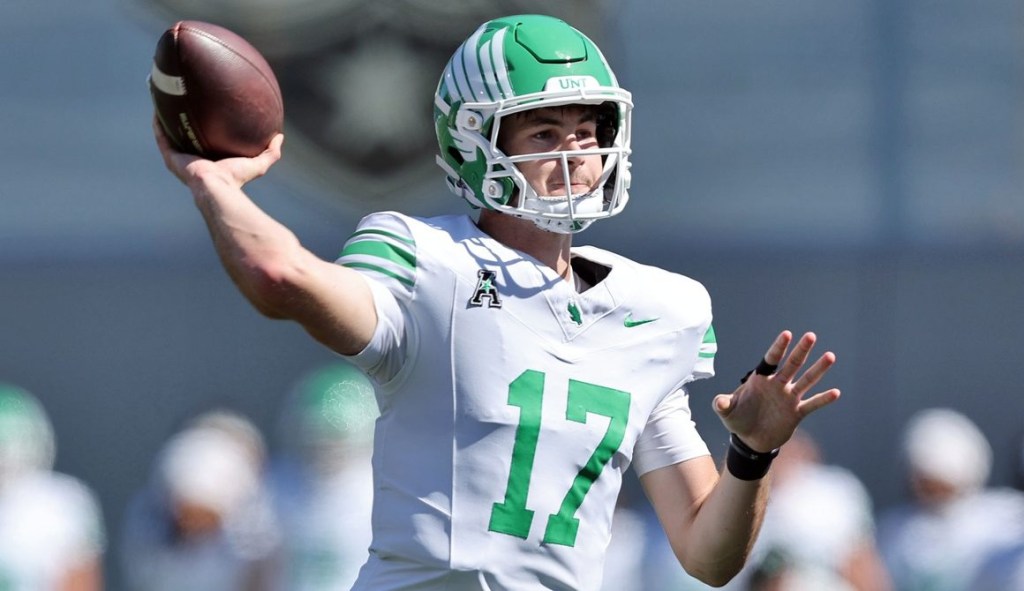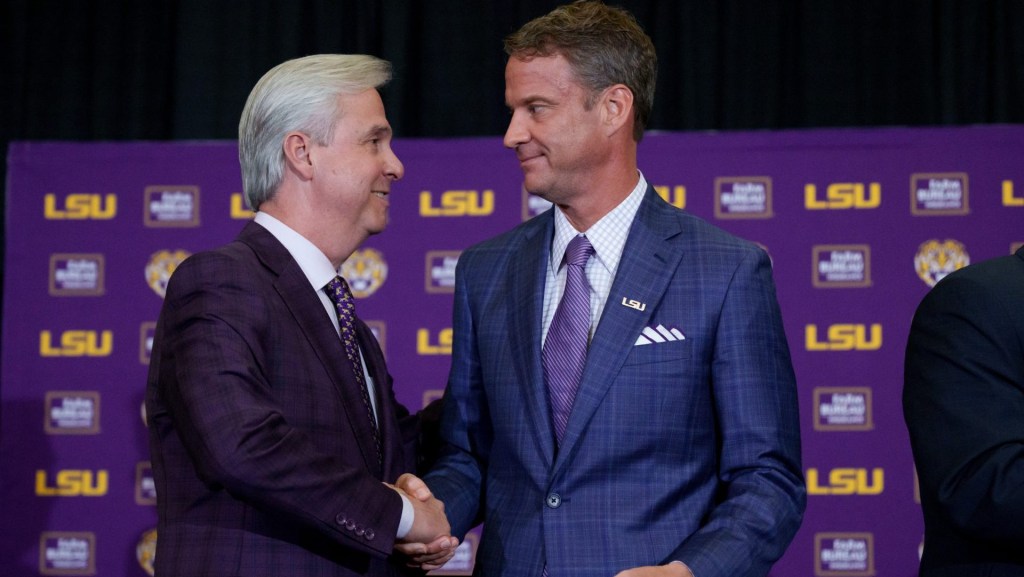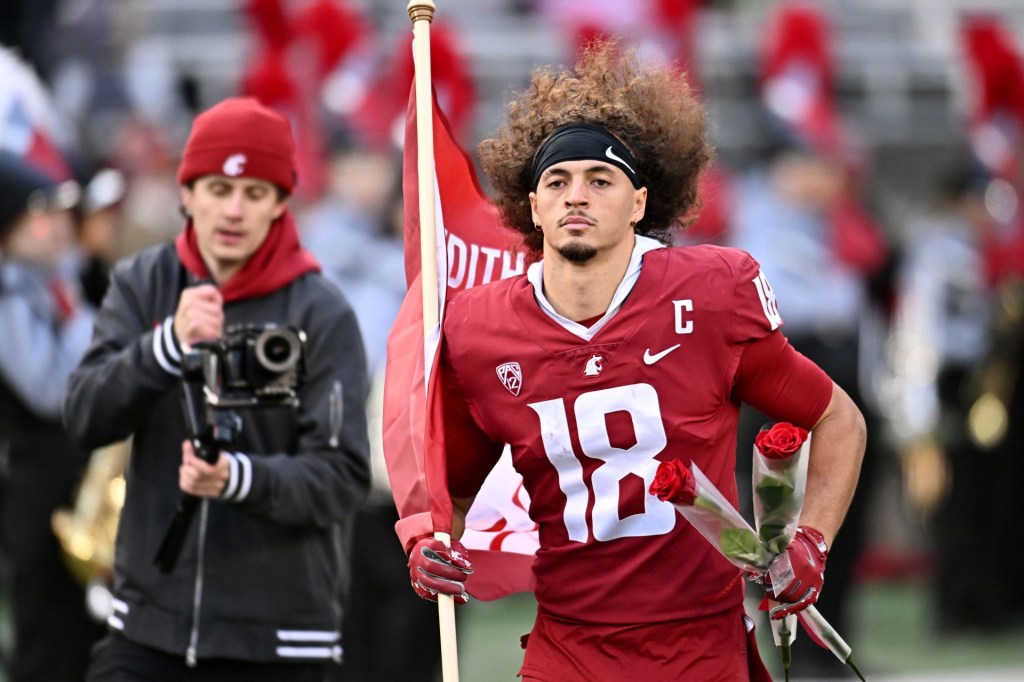Such is the deeply unsettled state of college sports that an upset March Madness loss is no longer just a loss. Rather, it can be the spark of an existential quandary about how to build, maintain, and economically support rosters, as well as how to compete in a completely different paradigm.
Kentucky, one of college basketball’s foremost bluebloods, lost late Thursday to the Horizon League’s Oakland. On the surface, the game in which a No. 14 seed beat a No. 3 team is the type of first-round March Madness upset that makes the tournament the compelling draw that it is. But Wildcats coach John Calipari saw the game as something much more, particularly given Kentucky fielded eight freshmen and three sophomores among its 15 rostered players against a Golden Grizzlies team with five players who are either seniors or graduate transfers and with only one true freshman.
“It’s changed on us. All of a sudden [the sport has] gotten really old,” Calipari said. “So we’re playing teams that our average age is 19, [and] their average age is 24 or 25. So do I change because of that?”
A New Model
Calipari’s question is just one of many bigger concerns surrounding this year’s March Madness, happening in a college sports environment rocked almost daily by player unionization, renewed questions about conference realignment, legal battles, and new concerns about name, image, and likeness regulations.
The comments from Calipari suggest an entirely different model rapidly emerging for building and funding teams. With the transfer portal rendering a new level of chaos of team development, what’s now happening is a highly transactional situation in which many players operate strictly on a year-to-year basis, and with less regard for establishing deep and lasting bonds with a particular school.
“I’ll look at other ways that we can do stuff,” Calipari said. “But, you know, this thing here—it’s a different animal.”
Calipari is hardly alone, as many other college coaches are similarly lamenting the massive player turnover transforming the sport and a model where college athletes are routinely jumping from school to school in search of better NIL offers.
“There are approximately 4,000 Division I players, and there are going to be 2,000 in the portal. That means half the players in college basketball are looking for a new destination,” said University of Miami coach Jim Larrañaga. “Does that make sense to anybody? It doesn’t to me.”

















